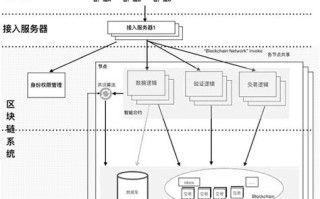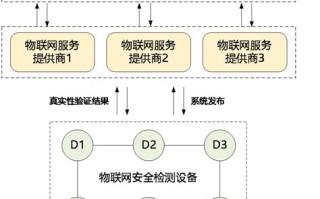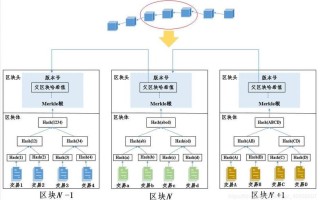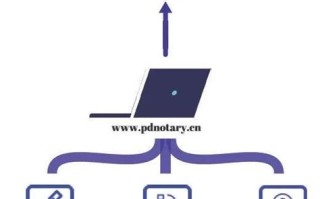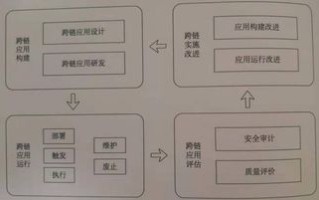Title: Constructing a Blockchain System: StepbyStep Guide
Introduction to Blockchain Systems
Blockchain technology has gained immense popularity due to its decentralized and secure nature, making it suitable for various applications across industries. Constructing a blockchain system involves several crucial steps to ensure its effectiveness and reliability. Below is a comprehensive guide outlining the stepbystep process of building a blockchain system.
1. Define the Purpose and Use Case
Before diving into the technical aspects, it's essential to clearly define the purpose of the blockchain system and its intended use case. Determine whether it will be used for cryptocurrency transactions, supply chain management, voting systems, or any other application. Understanding the specific requirements will guide the development process.
2. Choose the Right Consensus Mechanism
Selecting an appropriate consensus mechanism is vital for ensuring the security and efficiency of the blockchain network. Common consensus mechanisms include Proof of Work (PoW), Proof of Stake (PoS), Delegated Proof of Stake (DPoS), and Practical Byzantine Fault Tolerance (PBFT). Each mechanism has its advantages and suitability for different use cases.
3. Design the Data Structure
The data structure of a blockchain consists of blocks linked together in a chronological order, forming a chain. Decide on the structure of each block, including the data it will contain, such as transactions, timestamps, and a reference to the previous block (hash). Additionally, determine how the data will be validated and encrypted to maintain integrity and security.
4. Develop Smart Contracts (if applicable)
For blockchain applications requiring programmable functionality, such as decentralized finance (DeFi) or decentralized applications (DApps), smart contracts are essential. Smart contracts are selfexecuting contracts with predefined rules encoded onto the blockchain. Develop smart contracts using languages like Solidity (for Ethereum) or Chaincode (for Hyperledger Fabric), ensuring they address the specific requirements of the use case.
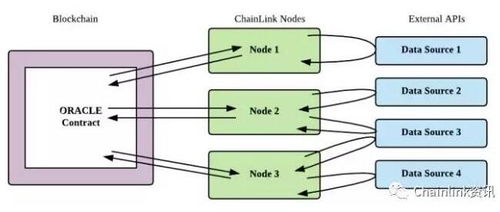
5. Choose the Suitable Platform
Selecting the right blockchain platform depends on factors such as scalability, security, interoperability, and consensus mechanism. Popular blockchain platforms include Ethereum, Hyperledger Fabric, Corda, and Binance Smart Chain. Evaluate each platform's features and capabilities to determine which aligns best with the project requirements.
6. Set Up the Network Infrastructure
Once the platform is chosen, set up the network infrastructure for deploying the blockchain system. This involves configuring nodes, establishing communication channels, and ensuring network connectivity. Decide whether the network will be public, private, or consortiumbased, depending on the desired level of decentralization and permissioning.
7. Implement Security Measures
Security is paramount in blockchain systems to protect against unauthorized access, data breaches, and other cyber threats. Implement robust security measures such as encryption, access control, multifactor authentication, and regular security audits. Additionally, adhere to best practices for smart contract security to prevent vulnerabilities and exploits.
8. Test and Deploy the System
Before deploying the blockchain system into production, thorough testing is necessary to identify and resolve any potential issues or bugs. Conduct unit testing, integration testing, and endtoend testing to ensure the system functions as intended. Once testing is complete, deploy the system onto the production environment, taking necessary precautions to minimize downtime and disruptions.
9. Monitor and Maintain the System
After deployment, continuous monitoring and maintenance are essential to ensure the stability, performance, and security of the blockchain system. Implement monitoring tools to track network activity, transaction throughput, and system health. Regularly update the system with patches and upgrades to address any vulnerabilities or improve functionality.
Conclusion
Building a blockchain system requires careful planning, execution, and maintenance to achieve its intended objectives effectively. By following the stepbystep guide outlined above, developers can construct robust and secure blockchain solutions tailored to specific use cases and industry requirements.
标签: 区块链应用操作 区块链系统框架及技术功能及作用 区块链系统框架及技术 区块链系统框架及技术图片 区块链系统应用构建步骤包括


